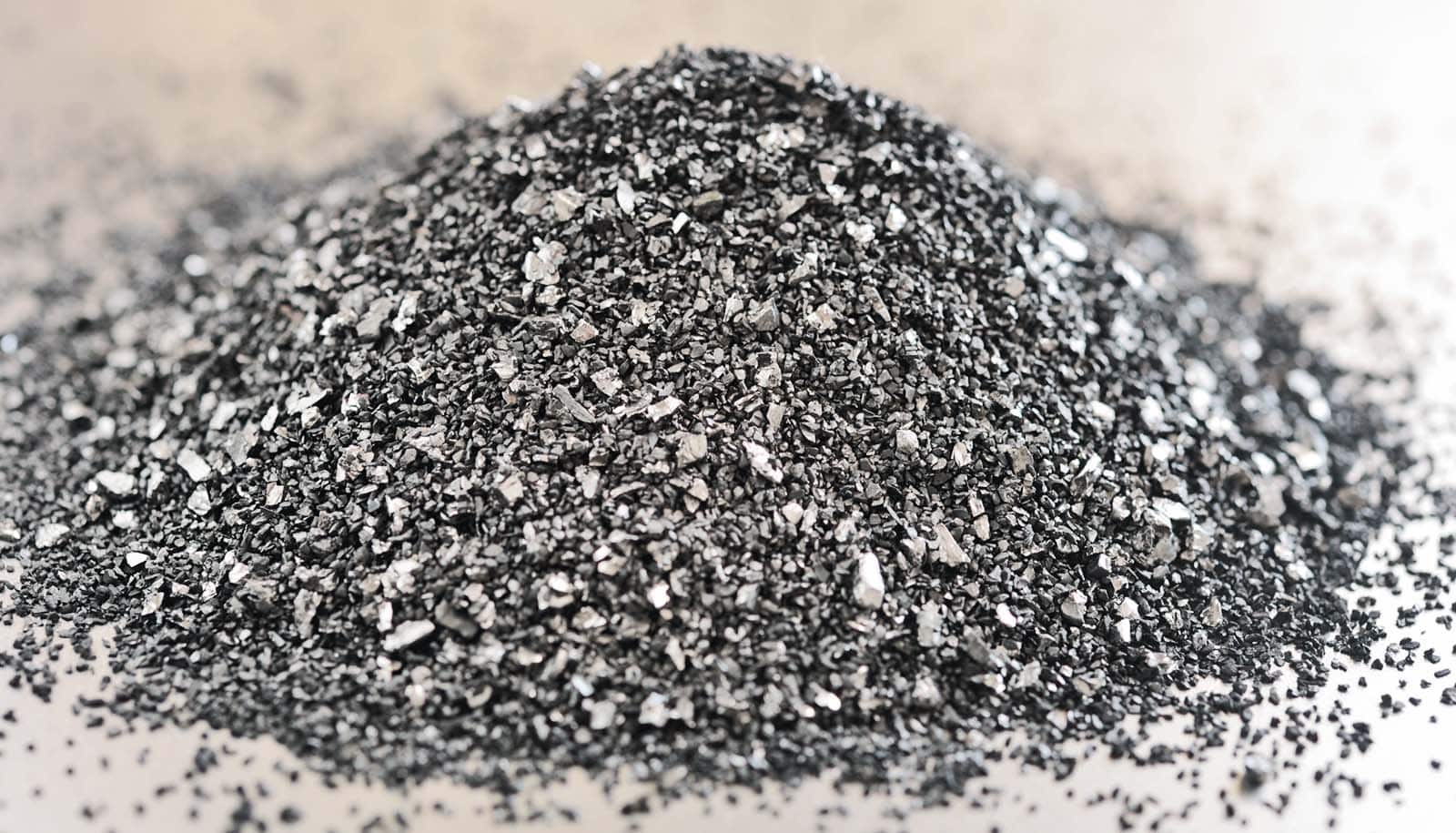


This technique can be problematic in some cases, because, for example, zinc trace residues may remain in the end product. It is believed that the carbonization / activation step proceeds simultaneously with the chemical activation. Chemical activation: Impregnation with chemicals such as acids like phosphoric acid or bases like potassium hydroxide, sodium hydroxide or salts like zinc chloride, followed by carbonization at temperatures in the range of 450-900 ☌.

Activation/Oxidation: Raw material or carbonised material is exposed to oxidizing atmospheres ( carbon dioxide, oxygen, or steam) at temperatures above 250 ☌, usually in the temperature range of 600-1200 ☌.Carbonization: Material with carbon content is pyrolysed at temperatures in the range 600-900 ☌, in absence of air (usually in inert atmosphere with gases like argon).This is generally done by using one of or combining the following processes: Physical reactivation: The precursor is developed into activated carbons using gases.It can be produced using one of the two following processes: It can be produced by two different processes from a variety of carbonaceous source materials, e.g., nutshells, wood and coal. 6.4 Distilled alcoholic beverage purification.


 0 kommentar(er)
0 kommentar(er)
